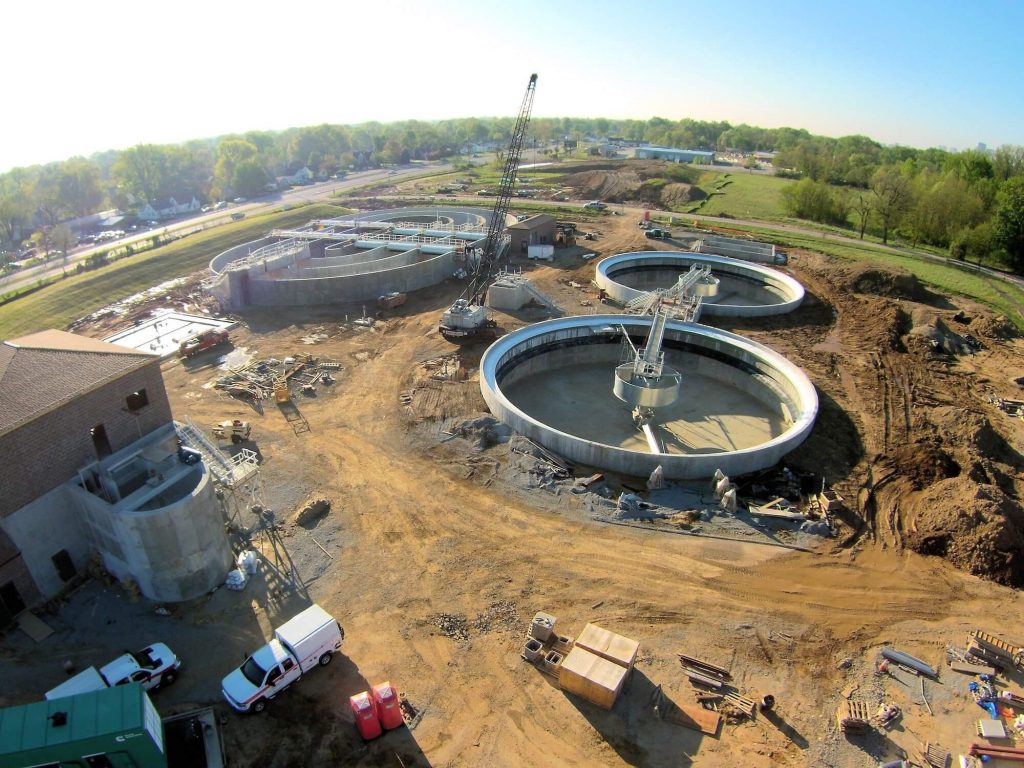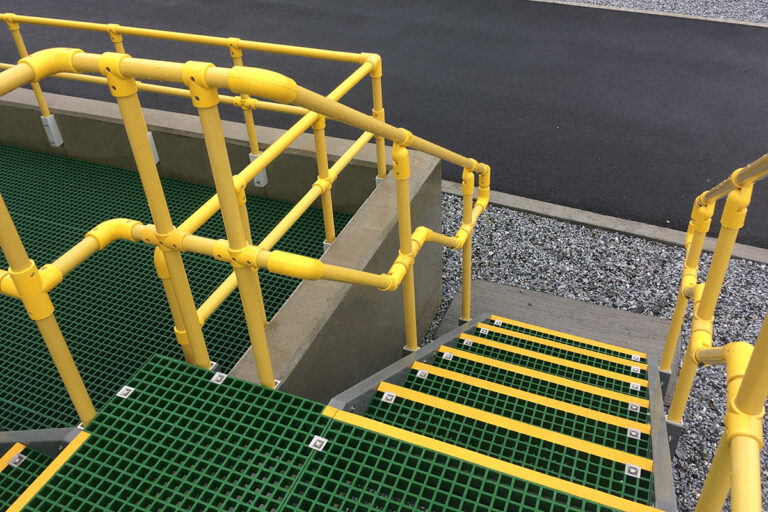The construction industry is a major contributor to the global economy and has a significant impact on the environment. From extracting resources for building materials, to creating waste during demolition and disposal of construction debris, it stands to reason that the effects of the construction process are far-reaching.
This article will explore how these projects affect our environment in both negative and positive ways, as well as what can be done to reduce their environmental impact. We will look at how air pollution, water contamination, noise pollution, soil erosion, and land degradation are all caused by construction activities and how they can have short or long-term consequences. Finally, we will discuss solutions which could help protect our planet from further damage due to this important sector of society.
Overview of Construction Projects and Their Environmental Impact

Construction projects have a significant impact on the environment. This overview will explore how construction projects, ranging from large-scale infrastructure to smaller residential constructions, can influence the natural landscape and resources.
It will discuss the various ways in which these impacts are felt, such as changes to land use, water resources, air quality and wildlife habitat. The article will also examine potential solutions for mitigating environmental damage due to construction activities while examining the legal frameworks that govern them.
Finally, it will touch upon how advances in technology may help lessen their environmental footprint in future years. Understanding this issue is pertinent for ensuring responsible development of our built environment and preserving our natural world for generations to come.
Assessing the Effects of Construction on Air Quality
The construction of buildings and infrastructure projects can have a significant impact on air quality. The dust, smoke, and other pollutants released during the construction process can cause both short-term and long-term damage to surrounding areas.
Assessing the effects of this pollution is essential to understanding how such projects affect our environment. Recent studies have found that certain types of materials used in these projects are particularly harmful when it comes to air quality; for instance, concrete production alone has been shown to produce large amounts of carbon dioxide emissions. Furthermore, large-scale construction activities often require increased traffic flow which further exacerbates air pollution problems in cities and towns near the project site.
In order to better understand how construction affects local air quality levels, scientists use a variety of data sources such as satellite imagery or ground sensors placed strategically around project sites. This information is then compared with baseline data from before the start of construction in order to identify any changes that may have taken place since then.
This analysis allows officials to make informed decisions about whether or not specific building/infrastructure projects should be allowed or stopped due to their potential environmental impacts on air quality levels nearby. Overall, assessing the effects of construction on air quality is an important task for governments who wish to protect their citizens from health risks associated with poor air quality while still allowing necessary building projects that provide jobs and economic growth opportunities within their community.
The Impact of Construction Activities on Water Pollution

When it comes to the impact of construction projects on the environment, water pollution is an inevitable consequence. Construction activities can have a direct and indirect effect on water sources in various ways.
Asphalt and cement used in road building can run off into nearby streams or rivers, contaminating them with toxins like lead, zinc, and other chemicals. Excess soil runoff from excavation sites may also contain harmful pollutants such as bacteria, metals, and pesticides that eventually end up polluting local water supplies. Moreover, heavy machinery used for construction operates close to bodies of water which can produce suspended particles that cause turbidity when they settle down in aquatic systems.
Furthermore disturbances caused by pile driving operations can create sediment plumes containing mud or other debris that enter waters due to erosion control failures or improper disposal practices leading to further contamination of coastal ecosystems as well as inland lakes and rivers. Finally, chemical waste generated during construction processes needs proper treatment before being discharged into natural waterways thus avoiding additional contaminants from entering the ecosystem causing health hazards for both humans and wildlife alike.
Conclusion
Construction projects can have a significant impact on the environment, both positive and negative. BuildOps is committed to finding ways to reduce the environmental impact of construction projects, from improved waste management systems that reduce emissions and fuel usage to using renewable energy sources for power.
Construction projects often require large amounts of resources in order to be completed, which can lead to deforestation or other damage if done without proper planning and oversight. However, with careful consideration of environmental impacts throughout all stages of the development and implementation of the project, it is possible for construction companies like BuildOps to minimize their effects on the environment while still completing their work efficiently.




